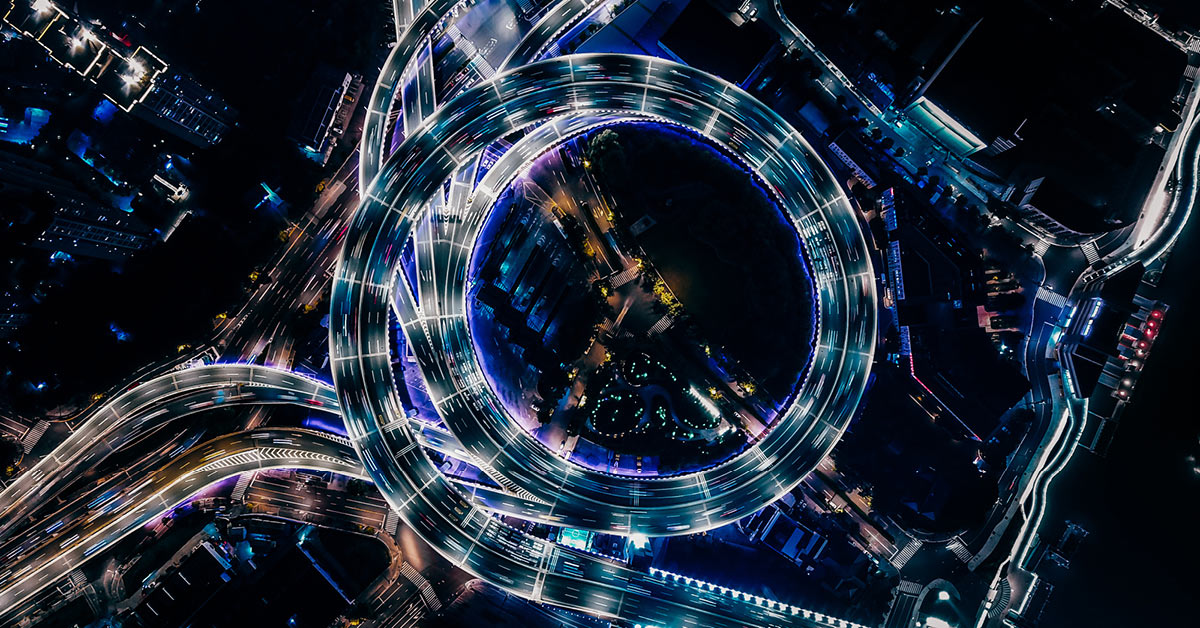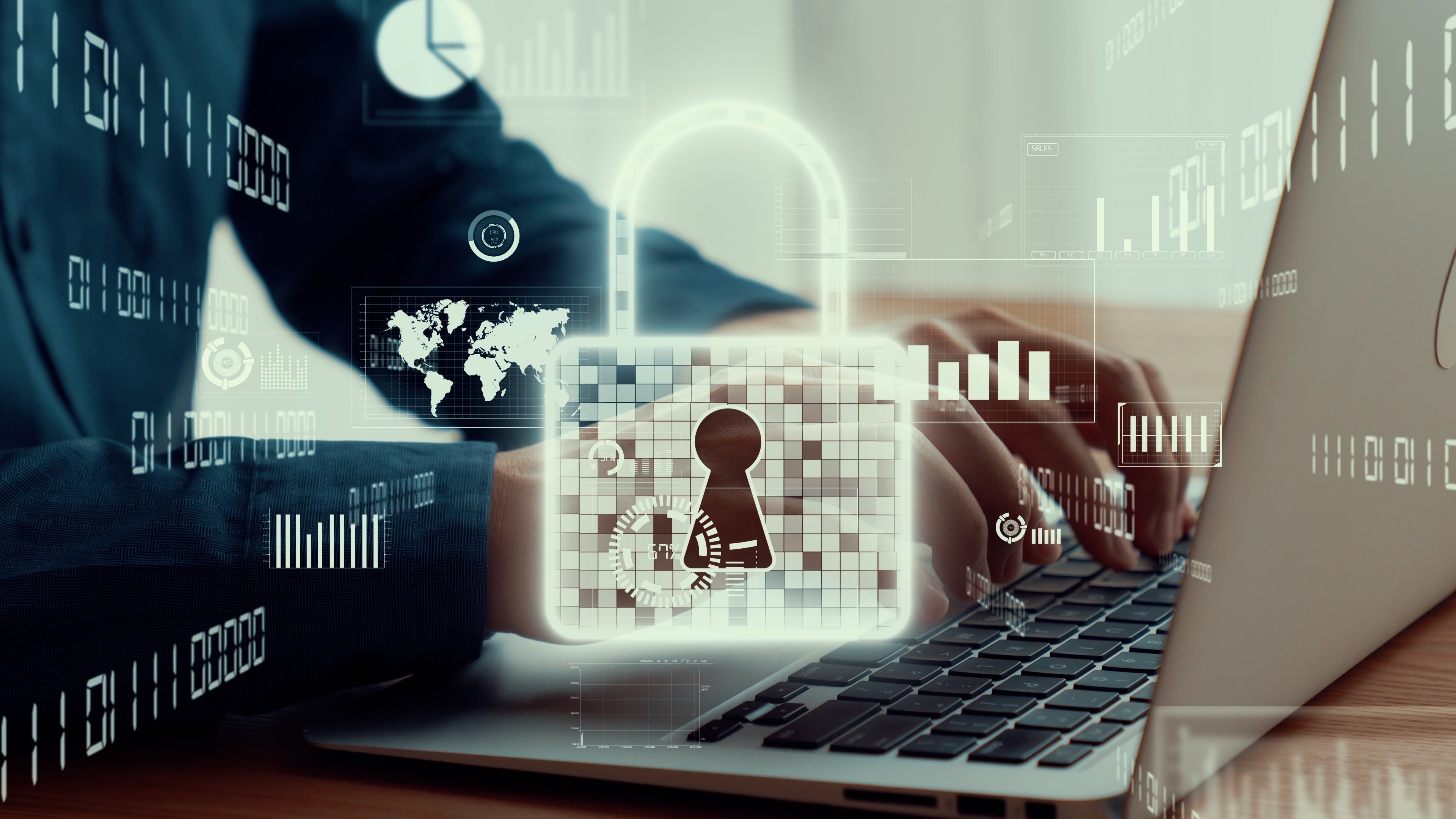
As a result of the digital changes taking place across the business landscape, nearly every organization is creating new omnichannel experiences, as businesses strive to incorporate automation, increase efficiency, and achieve critical cost savings through optimization of processes.
Omnichannel integration enables businesses of all stripes - from retail, to insurance, healthcare and technology - to offer integrated experiences like Buy Online Pick Up In-Store, digital payments, order ahead and more. Increasingly seamless commerce experiences may begin online and finish in-person (or vice-versa). This require businesses to invest in back end integration that blends the physical and the digital.
A Look Under the Hood: Putting the Right IT Infrastructure in Place is Key
While executives appreciate the changing landscape and buying behavior, they are now beginning to understand the implementation and IT challenges that go with it.
For example, what is required to deliver on the promise of an omnichannel commerce experience? What IT infrastructure will be needed in order to scale to meet the needs of tomorrow?
There is a lot of marketplace activity around the payments applications themselves, but some leaders are now placing more importance on the foundation needed for success. We’ll take a closer look at the underlying IT infrastructure necessary to make omnichannel commerce work.
There are three key, fundamental IT ingredients needed for success: payment integration services, digital enablement, and efficiency and optimization.
- Payment Integration Services: Connecting data and applications is required to enable you and your employees to deliver on-demand, seamless, omnichannel consumer experiences. Linking payments applications with other line-of-business systems, including Accounts Payable, Accounts Receivable, and Enterprise Resource Planning (ERP) systems is absolutely critical. Today’s Application Program Interface (API) economy is the enabler for integrated systems and common data repositories. The key for seamless payment integration is putting in place a solid API strategy. Such a strategy is the foundation that allows you to integrate systems and data elements quickly, rather taking a point-to-point integration approach for each application.
- Digital Enablement: The pandemic accelerated the move toward digital payments, as consumers opted out of using cash due to the spread of the virus. This shift may have been accelerated by COVID-19, but in point of fact, it was already happening in the US and abroad, and is expected to continue. By 2022, cash is projected to be the least used payment method in the US, a remarkable change from being the most common just four years earlier.1 Thus, the second ingredient is adopting a digital-first consumer experience. Applications must be redesigned to be mobile-first. This starts with the design process, working from the smallest device and scaling up, which allows for the delivery of the right user experience to the right screen. Applications need to be developed, re-factored or re-platformed to be cloud-native, leveraging the agility and services available in the cloud. User journeys must be re-imagined and re-modeled, ultimately delivering a seamless experience across all devices and channels – more securely and at scale. One of the common mistakes we notice is that digital enablement is often defined as a good-looking and functional user interface (UI); however, that is just the beginning. Although the UI is important, digital enablement must focus on removing the friction for users without compromising speed, quality of interaction, and security. This requires a robust digital strategy from application to data to cloud.
By 2023, 75% of all consumer and small business loans will be originated through AI-enabled and automated processes.
Source: Source: IDC Futurescape: Worldwide Financial Services 2021 Predictions
- Efficiency and Optimization: The third ingredient is rooted in innovation - the need to maximize efficiencies and optimize operations. For many organizations, incremental investment in individual solutions may not happen or may not simply be enough. Businesses need efficiency drivers to free up capacity to focus on omnichannel initiatives. Robotics Process Automation (RPA) is an effective means of achieving efficiency gains, enabling staff to focus on more strategic, growth-supporting activities. RPA, Artificial Intelligence (AI), and Machine Learning (ML) technologies are paving the way for unprecedented efficiencies. Next-generation tools are enabling the automation of front office and back-office processes. These processes encompass everything from loans, deposits and cards, through member services, fraud and risk, and even HR and IT functions. Use cases for intelligent automation continue to grow, and although cost savings is often the driver for automation, customer empowerment is also key. Additionally, by removing manual interventions and frictions that either slow you down or create sub-optimal experience for consumers, you can enhance your digital transformation journey. For instance, RPA can automate certain functions, reducing processing time, which in turn can allow organizations to deliver services faster or make them available after hours.
By 2023, 75% of organizations will have comprehensive digital transformation (DX) implementation roadmaps, up from 27% today, resulting in true transformation across all facets of business and society.
Source: Source: IDC Futurescape: Worldwide Financial Services 2021 Predictions
The vision is clear; the journey to omnichannel payments is well on its way. Having the necessary IT infrastructure in place is critical to achieving this objective. By building a long-term relationship with a next-generation IT systems and services partner that offers scale and expertise, organizations can be prepared to meet the digital demands of their consumers. Systems Integration Services from Fiserv understands the IT infrastructure requirements that businesses need to succeed, bringing a long-term, engaged, proactive perspective in support of all facets of a partner’s IT strategies.
To learn more, schedule a free consultation with Fiserv today.
Join us for a Podcast for more information on how to Unlock the Value of Omnichannel
Sustainable Omnichannel Commerce - Fiserv Solution Podcasts - Omny.fm
In this podcast, Manish Pandey, Senior Director for Product at Systems Integration Services with Fiserv, discusses what sustainable omnichannel means, why it is important, and perhaps most importantly, what is needed to turn it from a vision into reality.
1 https://www.telemediaonline.co.uk/cash-set-to-be-the-least-common-payment-method-worldwide-by-2022/




